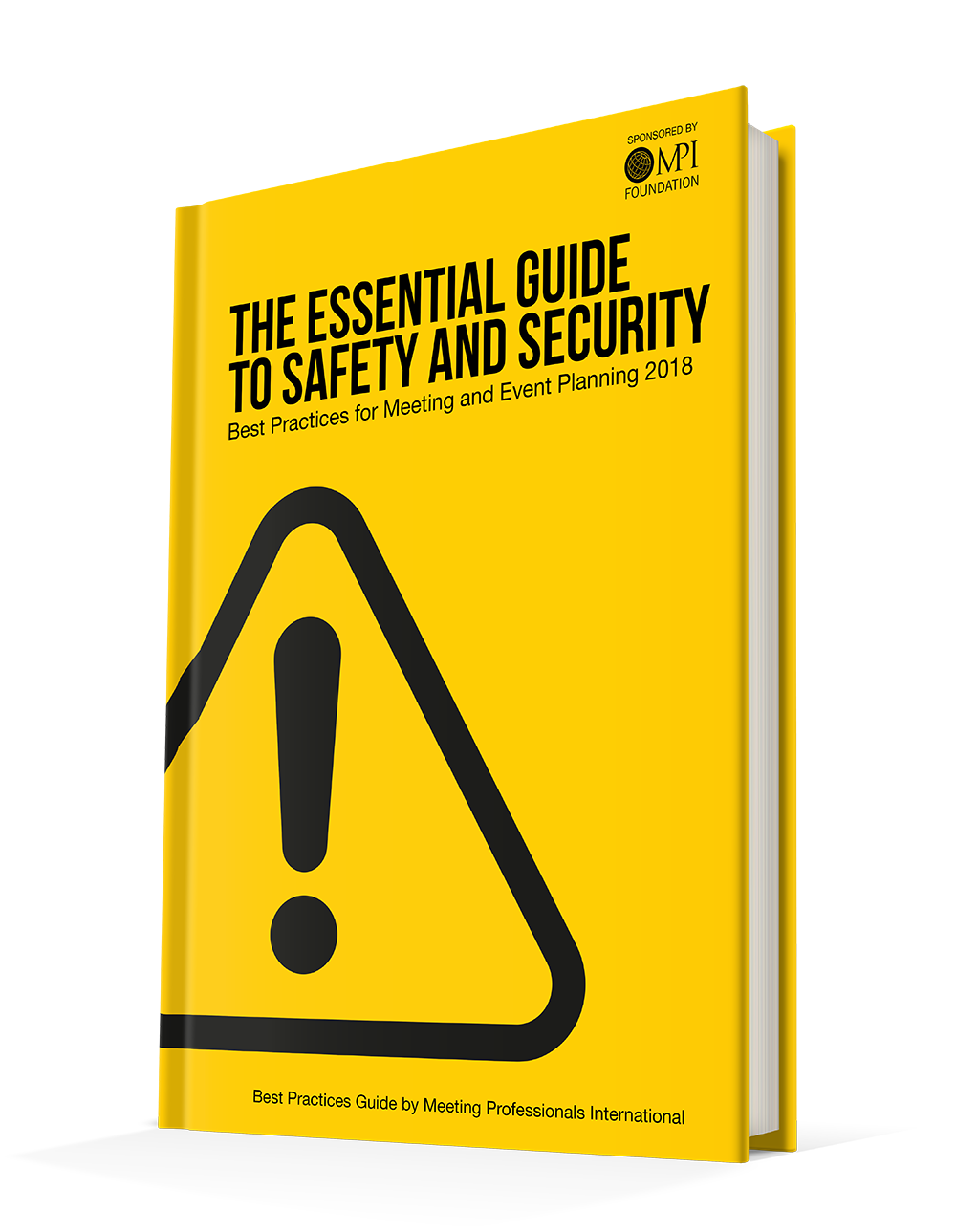Following find best practices around organizing and implementing your crisis communications plan.
Have Multiple Communications Platforms on Hand
Plan for multiple communication platforms with sufficient redundancy to get timely and accurate information to those who need it when they need it. Consider public safety communication capabilities, public and commercial radios, landlines, cellular, HAM radios, video boards, broadcast media, social media, text and PA systems.Test Equipment Operation Prior to Event
Test your equipment in a working environment to ensure that it is working properly before the event. Install signal enhancement (repeaters) to ensure venue-wide coverage as necessary for all communications (radio, cellular, data).
Utilize Traditional Communication Methods
Don’t rely upon any single method/system of communicating for operational or emergency communications. With technology advances, don’t forget the old reliable capabilities that have proven tried and true, such as Ham radios and their operators. Also, maintain landline phone capability. Always have a back-up even if it is dispatching a person to relay information.
Use Megaphones for Event Attendee Crowd Control
Have megaphones as a backup for crowd control and emergency communications. Also, use first responder equipment PAs for emergency communications. Be prepared for the unexpected. For large events, pre-stage megaphones at ingress and egress points around the venue. This is the most prevalent tool used.
-
Develop audio and video scripts for all types of incidents with specific emergency announcement broadcasts. New megaphones allow for pre-recording of various incident scripts. This will help to avoid confusion during an incident. Consider all forms of media. Scripts should be preprogrammed into devices to save critical time.
-
Written instructions should be in place to address incoming threats, whether telephonic or via any other medium. All incoming threats should be properly recorded and preserved.
-
Establish a process to get information on reported threats directed at adjacent facilities (buildings, train or subway stations, businesses, fuel storage, factories). Specify persons who need to be notified and the order of notification.



